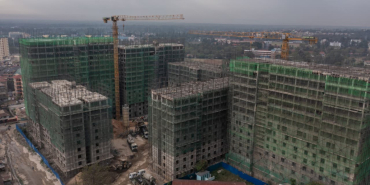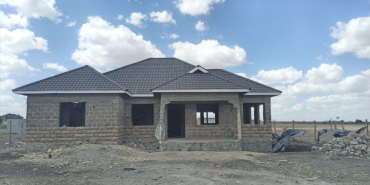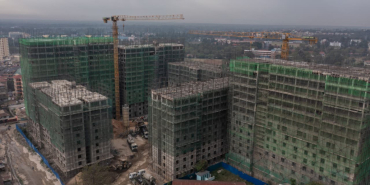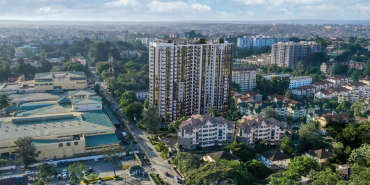Prime Office Space in Nairobi Records Higher Occupancy on Increased Demand

Occupancy rates in Nairobi’s prime office market have risen to 77.7 percent as of mid-2025, up from 72.7 percent at the beginning of the year, according to a new report by Knight Frank Kenya.
The increase signals a steady recovery in the commercial real estate sector, particularly within Grade A office spaces known for their high-quality design, strategic locations, and advanced amenities. Demand has been driven largely by co-working operators and business process outsourcing (BPO) firms, which continue to expand their presence in the city due to its role as a regional business and diplomatic hub.
Despite rental rates holding steady at $1.20 (Sh155) per square metre since early 2023, the rise in occupancy indicates that tenants are placing greater value on flexibility, efficiency, and quality over price alone. Many firms have adjusted their office requirements in response to long-term changes in work practices, including remote and hybrid models adopted during the pandemic.
These shifts prompted landlords to introduce various lease concessions, such as rent freezes and discounts, to retain tenants during periods of economic uncertainty. However, the current upward trend suggests that companies are now seeking adaptable, well-equipped workspaces that support changing business needs.
Knight Frank Kenya CEO Mark Dunford noted that demand is increasingly focused on high-specification properties. “The flight to quality is undeniable. Prime office spaces with ESG credentials and modern amenities continue to attract tenants, while secondary stock struggles. Landlords must prioritise adaptability to remain competitive in this tenant-favouring market,” he said.
Since 2010, Nairobi has seen continued growth in Grade A office supply, particularly in areas like Upper Hill, Westlands, and Kilimani. These districts have become preferred alternatives to the traditional central business district, which faces limitations in delivering high-grade office developments. This shift reflects both market demand and evolving urban planning priorities.
Although the market shows signs of improvement, it remains tenant-led. Developers face growing pressure to distinguish their offerings beyond quality alone.














Add new comment